Seochon Village (서촌마을)
1.2Km 2024-12-02
45 Pirundae-ro, Jongno-gu, Seoul (Nuha-dong)
Seochon Village is the name given to the area to the west of Gyeongbokgung Palace. It is a historic village, home to old shops and hanok buildings that have stood the test of time. Korean traditions and contemporary sensibilities coexist within Seochon Village’s maze-like alleyways, creating the unique ambience that makes the district so beloved. One can find shops, guesthouses, cafés, and restaurants in the village.
Seoul Street Art Festival (서울거리예술축제)
1.2Km 2024-07-26
Taepyeongno 1(il)-ga, Jung-gu, Seoul
+82-2-758-2036
Seoul Street Art Festival is held throughout Seoul and introduces high quality street performances.
Kuukuu Myeong-dong(쿠우쿠우 명동)
1.2Km 2020-11-25
55 Myeongdong-gil Jung-gu Seoul
+82-2-753-1230
This is a place that sells a variety of sushi and salads. The best menu at this restaurant is sushi. This Japanese (cuisine) restaurant is located in Jung-gu, Seoul.
Miseongok (미성옥)
1.2Km 2021-03-25
25-11, Myeongdong-gil, Jung-gu, Seoul
+82-2-776-8929
It is a store that has been around since 1966. The best menu at this restaurant is ox bone soup. This Korean dishes restaurant is located in Jung-gu, Seoul.
Olive Young - Myeong-dong Main Branch [Tax Refund Shop] (올리브영 명동본점)
1.2Km 2024-04-23
53, Myeongdong-gil, Jung-gu, Seoul
-
Olive Young - Myeongdong Town Branch [Tax Refund Shop] (올리브영 명동 타운)
1.2Km 2024-06-26
1F~2F, 53, Myeongdong-gil, Jung-gu, Seoul
-
Seoul Cathedral Anglican Church or Korea (대한성공회 서울주교좌성당)
1.2Km 2020-03-30
15, Sejong-daero 21-gil, Jung-gu, Seoul
+82-2-730-6611
Seoul Cathedral Anglican Church of Korea began
construction under Mark Trollope, the third bishop of the Anglican Church of Korea, in 1922. It was designed by a English architect Arthor Dixon. Dedication ceremony of the church was held On May 2, 1926 when the construction work hadn't been completed yet. At that time, the church building was a 3-storey building with
a 992 m² floor size. Later in 1993, the original blue print of the church was found at a library in England and the construction resumed
and would be completed in 1996.
The church building is a harmonious combination of Romanesque and traditional Korean style. The exterior of the church is shaped like a cross with various lines placed in harmony. Inside the cathedral, there are 12 stone columns symbolizing the 12 apostles, a
mosaic of Jesus on the front wall, and a brass plate in commemoration of Mark Trollope. Under the brass plate, the
remains of the bishop Mark Trollope are enshrined.
* Size: B1-3F
* Building site area: 519㎡ (157 pyeong), Ground area 909㎡ (275 pyeong)
Dalgaebi (달개비)
1.2Km 2024-03-15
16 Sejong-daero 19-gil, Jung-gu, Seoul
+82-82-2-765-2035, 2068
Dalgaebi is a restaurant specializing in Korean table d'hote, using fresh seasonal ingredients. Its flagship menu is the teukseon sangcharim jeongsik (special set menu), which includes porridge, seasonal dishes, main courses, and desserts. The galbi sangcharim (galbi course), featuring premium Korean beef galbi grilled over charcoal and served with soybean paste jjigae, is also popular. Known for its private dining spaces and upscale ambiance, reservations can be made via phone.
Hwangudan Altar (환구단)
1.2Km 2020-05-07
112, Sogong-ro, Jung-gu, Seoul
+82-2-3396-5842
Hwangudan Altar, also called Hwandan Altar, refers to an altar complex for the rite of heaven. The rites were first performed in the Goryeo dynasty by King Seongjong in the first month of 983 (2nd year of his reign), but was repeatedly adopted and abolished, and eventually stopped at the start of the Joseon dynasty.
Then in 1456 (2nd year of King Sejo), the practice was temporarily standardized and the rites were performed at Hwangudan Altar again in 1457. However, rites were again abolished in 1464 (10th year of King Sejo). It wasn’t until 1897 (34th year of King Gojong) when the Joseon dynasty was renamed as the Korean Empire and King Gojong ascended to emperor, that the rite was revived.
Now, Hwangungu Shrine and three stone drums stand at the location of the former altar complex. The three stone drums symbolize the instruments used for the rites. The shrine was completed in 1899, two years after the altar was started in 1897. Today, the Hwangungu Shrine still stands within the hotel grounds of the Westin Chosun Hotel.
Olive Young - TIMEWALK Myeongdong Branch [Tax Refund Shop] (올리브영 명동타임워크점)
1.2Km 2024-06-27
#108 and #109, 78, Namdaemun-ro, Jung-gu, Seoul
-
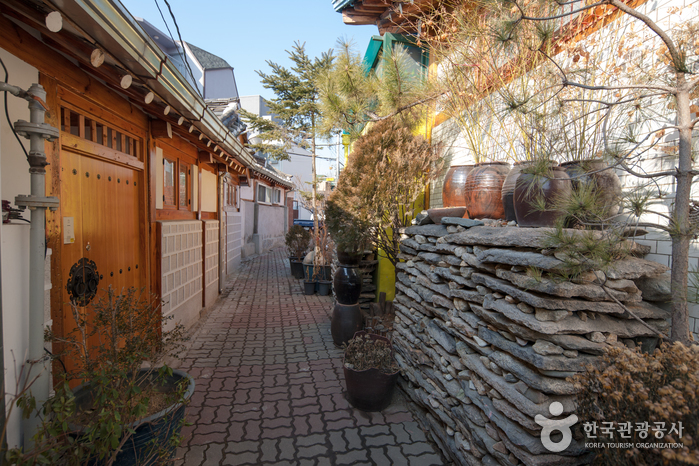
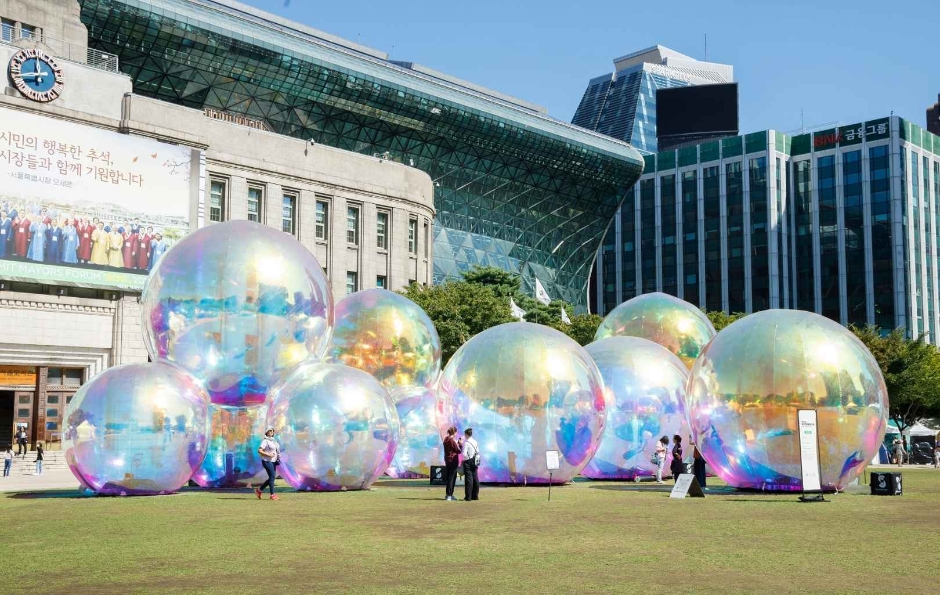
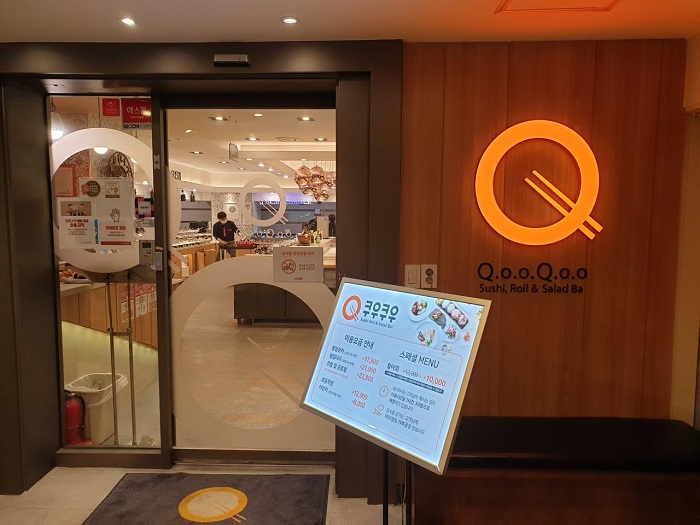
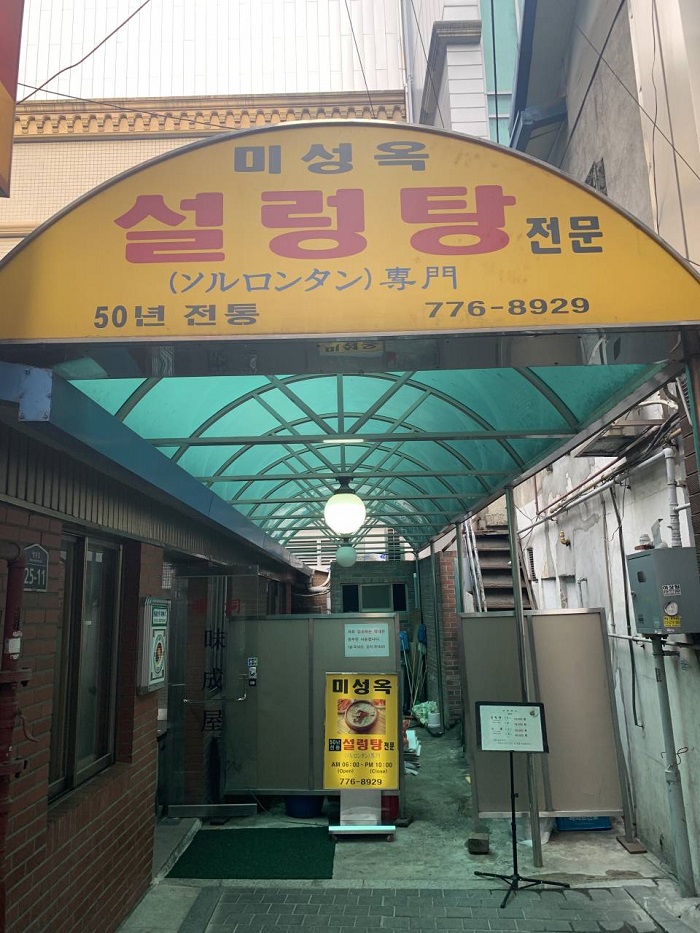
![Olive Young - Myeong-dong Main Branch [Tax Refund Shop] (올리브영 명동본점)](http://tong.visitkorea.or.kr/cms/resource/81/2888381_image2_1.jpg)

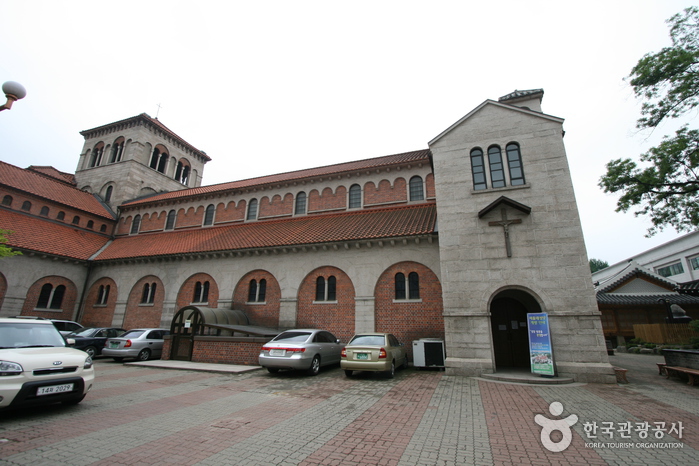
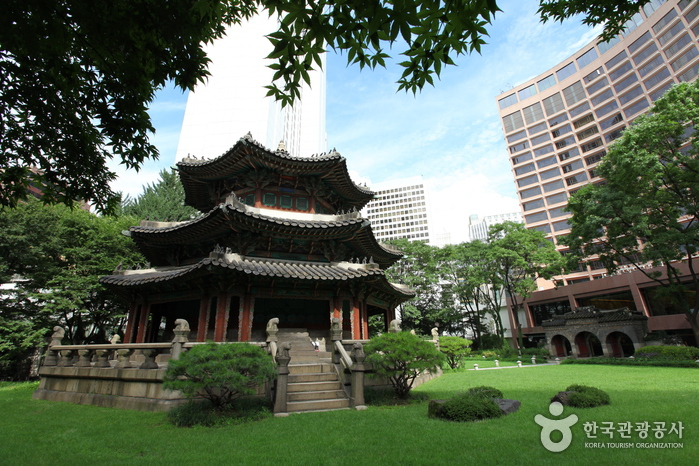
 English
English
 한국어
한국어 日本語
日本語 中文(简体)
中文(简体) Deutsch
Deutsch Français
Français Español
Español Русский
Русский